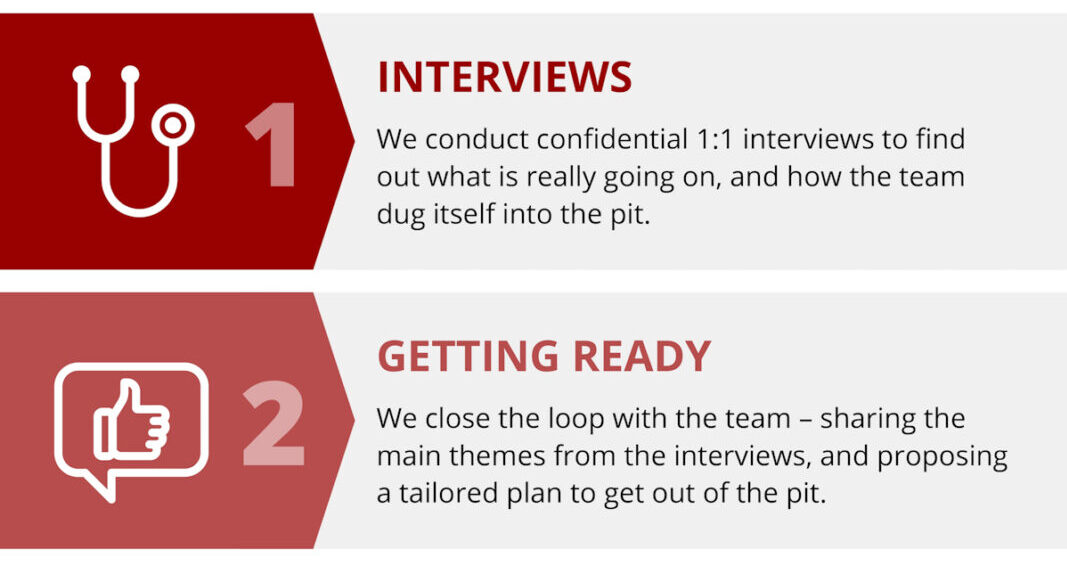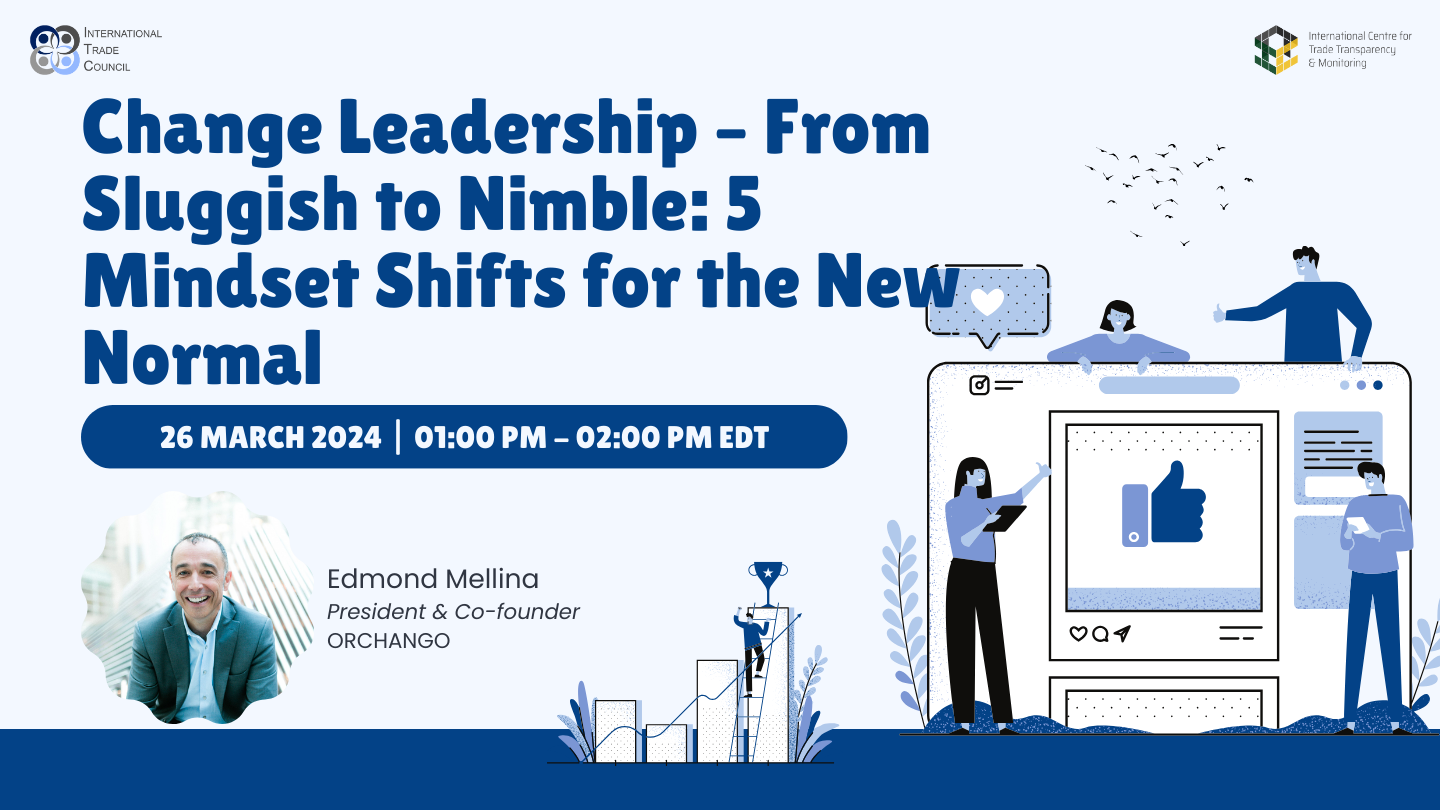How do you transform the dynamics of a team (leadership or otherwise) from dysfunctional to…
Two types of supporters: HELPERS vs. CAMPAIGNERS
#NimbleVlog Season 1 Episode 4 — Building on the previous episode, ORCHANGO’s president & co-founder Edmond Mellina explains the difference between the Helpers and Campaigners at the top of the Ladder of Commitment-Resistance™ (a nimble tool to work with and through the politics of change). Both are Supporters but in different ways. He highlights some of the implications for change & transformation leaders…
Transcript
Reading time: 5 minutes
In the previous episode of the #NimbleVlog, I explained why thinking about stakeholders in terms of the classic categories of Supporters, Fence Sitters and Opponents is actually ineffective when driving a transformation.
And I shared a better and more nimble approach, which is to use the six sub-categories from the ORCHANGO Ladder of Commitment and Resistance™. So today, I’m going to talk in more details about the Helpers and the Campaigners at the top of the Ladder. Both are Supporters but in different ways.
Let’s start with the Helpers. The Helpers, they like the change and they want to see it succeed. So they are helping – hence their name, the Helpers. But they tend to focus are on the technical aspects of the transformation.
So for example, they might do data gathering, analysis, planning, problem solving, testing – this kind of technical stuff.
Of course, if the Helper is a Senior Vice President, she won’t be doing any testing herself. But she might say: “You know what, I really like what you are doing here. And if you want to pilot this innovation in my business unit, I’d be ok with that.” That is still helping with the technical aspects, but from an executive position.
The Campaigners… The Campaigners are Helpers on steroids. Like the Helpers, they like the transformation and they are assisting with the technical aspects.
But they are also working on the second dimension of change, which is the people side. They are trying to get other folks to STEP UP!™ the Ladder – hence the name, the Campaigners.
So a little caveat: if you have a “bozo” Campaigner – somebody that nobody respects in the organization – well that is not really a good thing. You should try to find ways for this person to tune it down a little, go one rung lower on the Ladder and just focus on helping.
On the contrary, influential Campaigners are very important. Of course, if they have influence across silos they are super important. But even if they have influence within a business unit or within a team impacted by change, you should focus on these folks and you should partner with them.
Sometimes you will have situations where influential folks are just helping. And you want them to be going to the top of the Ladder and use their influence to build momentum and campaign. And what I find is that they just need a little nudge these influential Helpers to go from helping to campaigning.
So for example, I will approach them and I will say something like: “You know what, thank you so much for everything you’ve been doing so far. This has been a tremendous help. But there is a way you could have an even bigger impact on the transformation….” And they might say: “Yeah sure, of course, how?” And then I would continue: “You know what, I noticed a thing is that you have an amazing influence within your area. When you speak people listen to you. They speak highly about you. So it would be amazing if you could use some of this influence to get other people onboard!”
And typically that’s enough for this influential Helper to get onto the campaign trail and to start building a very strong domino effect on the people side.
So these are just little examples of what I meant a couple of episodes [ago] when I talked about playing “light-side politics”, which is critical to successful transformation. And these examples also illustrate what I meant last time when I said that the different “smiley faces” on the Ladder require, on the part of change leader, different mindsets and actions.
And also it’s an illustration of the importance of being strategic in how you invest your limited time and energy as a change leader.
One final comment: it’s very important to keep in mind that the Ladder is a very dynamic. And one classic mistake is to assume that your Helpers and Campaigners are always going to remain at the top of the Ladder and to focus on the other folks. Well, excuse my French, but during a transformation, shit happens – both on the people side and the technical front. That is why there is what I call the gravity effect, a tendency of people to go down the Ladder as stuff is happening over time throughout the transformation.
So it’s very important to keep monitoring the feelings of the people at the top of the Ladder. And again, be strategic about it: focus on the most influential Helpers and Campaigners. But if you start to see they are starting to go down the Ladder, find out why and do something about it!
Ok, next episode of the #NimbleVlog we are going to switch to the bottom of the Ladder. And I’m going to talk about the Foot Draggers and the mighty Torpedoes. So stay tuned for the next episode…
Previous episodes




This Post Has 0 Comments